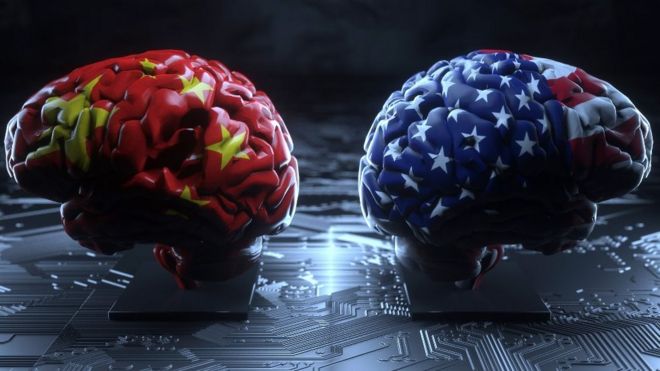The concern for the rise of automation is one many people who work factory and other low skill jobs fear greatly. The threat of losing one's job to a more effective machine, according to MIT, is a concern not worth getting worked up over. Technology can work for the majority and does not have to serve solely those who can control it. The concerns for those individuals with jobs surrounded by automation is perhaps misguided but understandable. Between 65 and 90% of survey respondents in a 2018 report conducted in developed countries claim that robots will take over. The primary concern that stemmed from this, however, is that there is not a lack of quality jobs that pay adequately. Those born in the 1940s more often than not, 92% of them, made more money than their parents. Less than half of percentage is true for those born in the 1980s.

Other ways to look at mechanized labor is whether or not the innovation or advancement is worth it. The article points out that innovations, like the light bulb, help way more than it hinders. The counterpoint would be automated check out stands at supermarkets, which could be replacing jobs without providing a meaningful sense of productivity. The overall issue that the article tackles is that those individuals without a college degree who are relegated to lower skill jobs will eventually be replaced. The concern is valid, but the solution would be to implement systems that aid said workers in finding jobs that require more skill.
The future is AI robots capable of handling workloads that no human could ever accomplish. Whether I believe MIT's reassurance of that not being the case remains to be seen, especially when those in control of the technology may not have the interests of "the little people" in mind.
Thank you for reading.
The
MIT Report
![The rules come into effect on January 1, 2020, and violations could be deemed as criminal [File: Andy Wong/AP]](https://www.aljazeera.com/mritems/imagecache/mbdxxlarge/mritems/Images/2019/11/30/153de3dc5fe44a9ea79f7d445dde6c8a_18.jpg)











